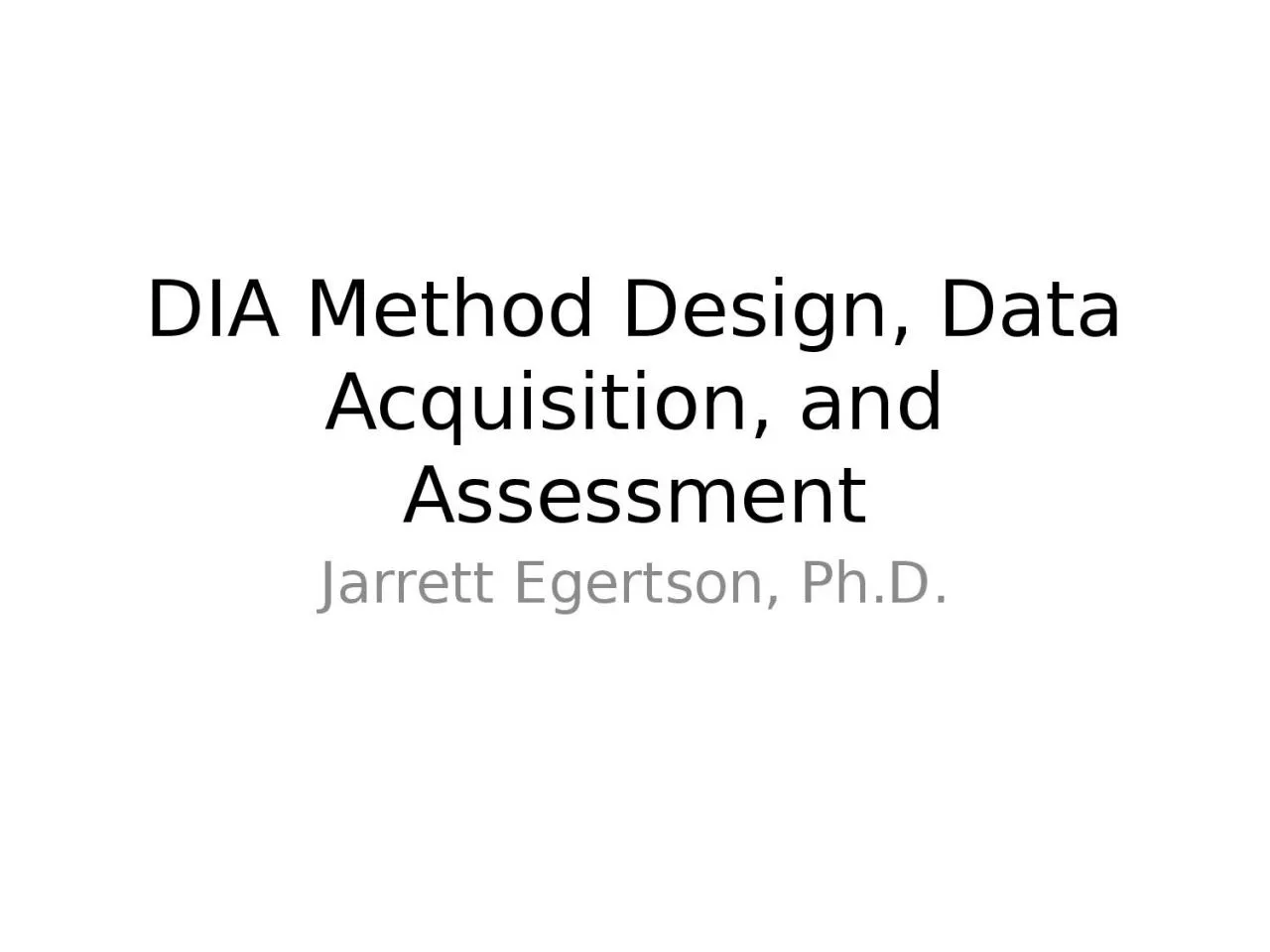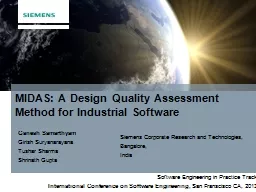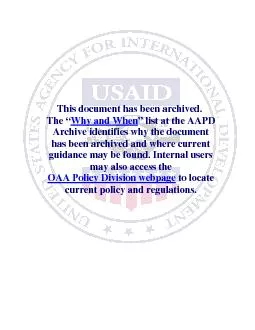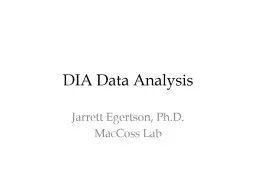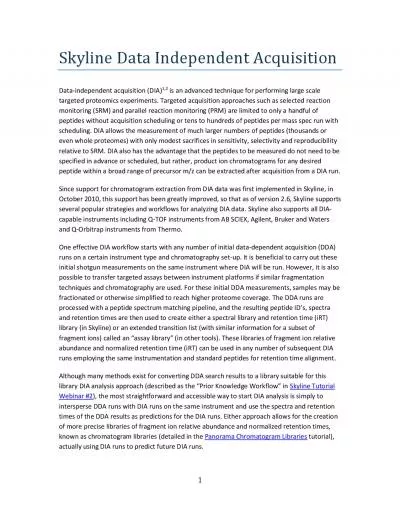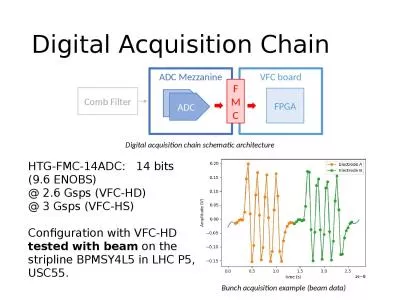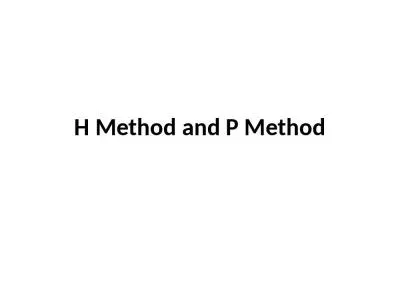PPT-DIA Method Design, Data Acquisition, and Assessment
Author : gelbero | Published Date : 2022-06-11
Jarrett Egertson PhD Part One Fundamental Method Design There is No Universal DIA Method Duty cycle Number of Injections mz Range Covered Isolation Width Resolving
Presentation Embed Code
Download Presentation
Download Presentation The PPT/PDF document "DIA Method Design, Data Acquisition, and..." is the property of its rightful owner. Permission is granted to download and print the materials on this website for personal, non-commercial use only, and to display it on your personal computer provided you do not modify the materials and that you retain all copyright notices contained in the materials. By downloading content from our website, you accept the terms of this agreement.
DIA Method Design, Data Acquisition, and Assessment: Transcript
Download Rules Of Document
"DIA Method Design, Data Acquisition, and Assessment"The content belongs to its owner. You may download and print it for personal use, without modification, and keep all copyright notices. By downloading, you agree to these terms.
Related Documents

